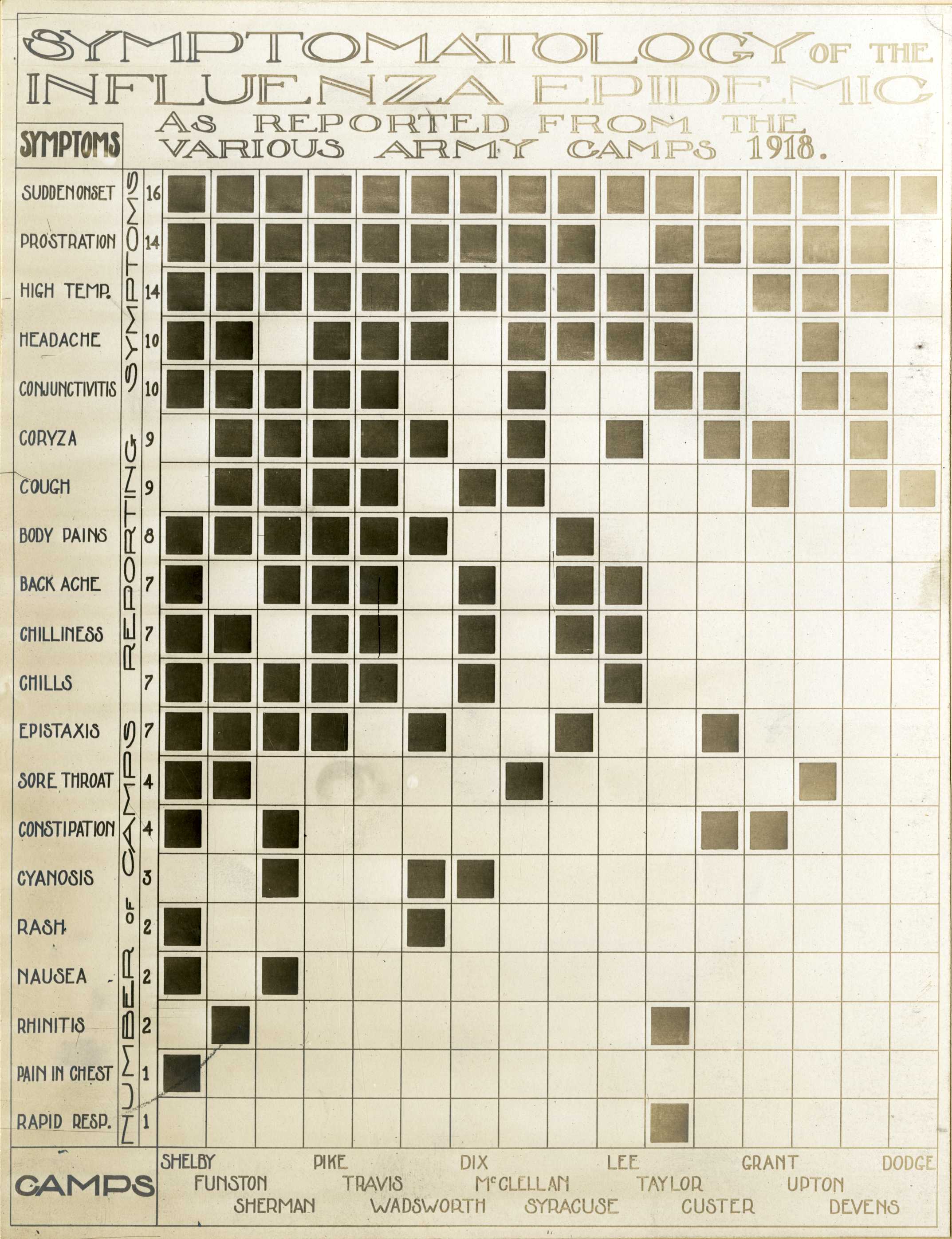
Photo from academic.microsoft.com
Objective: Little information is available about the etiology, pathophysiology, risk factors, and epidemiologic features of Bone Tuberculosis (Bone-TB). In this work, we present the epidemiological data about the Bone-TB in… Click to show full abstract
Objective: Little information is available about the etiology, pathophysiology, risk factors, and epidemiologic features of Bone Tuberculosis (Bone-TB). In this work, we present the epidemiological data about the Bone-TB in the Sultanate of Oman. Methods: Retrospectively, we identified and assessed those patients who were diagnosed with Bone-TB between January 2002 and December 2019 at Khoula Hospital. The following data were collected: demographics, clinical presentation, anatomical location, diagnosis, and treatment of the Bone-TB. Results: During the study period, 115 cases of Bone-TB were diagnosed. Males were affected more than females (57.4% and 42.6%, respectively). About 30% of Bone-TB cases were primary diagnosed in other organs particularly the lungs and then after disseminated to the bone. However, the Bone-TB was detected in hip, leg, hand, shoulder, and skull bones, the most detected Bone-TB was in spine (66% of cases). After vaccination the Bacillus Calmette–Guérin (BCG) strains were identified in the bones of eight babies. Tubercle bacilli were detected by Acid-Fast Stain (AFS) in 59% of cases, and the rest of cases were confirmed using polymerase chain reaction (PCR) tests. There are two used treatment regimens, with 12.4% relapse. The gastrointestinal tract (GIT) disturbances were the most related side effects. The resistance has been detected to pyrazinamide in six cases, rifampicin in three cases, and isoniazid, streptomycin and kanamycin were detected in one case. Conclusion: The most predominant Bone-TB cases were spine-TB that were mainly disseminated from the lungs. AFS failed to detect tubercle bacilli in 40% of cases. There is no statistical significance in relapse between the used two regimens. The death was predominant among skull-TB cases.
Journal Title: Journal of Epidemiology and Global Health
Year Published: 2021
Link to full text (if available)
Share on Social Media: Sign Up to like & get
recommendations!